Every year, the Great Wildebeest Migration makes its rounds across the Serengeti and Masai Mara ecosystems, eventually culminating in the ultimate spectacle of the river crossing – its most highly anticipated event. From newborn calves on the southern plains to dramatic Mara River crossings by mid-year, the Great Migration of wildebeest and zebra once again reminded us why it’s considered one of nature’s most breathtaking journeys.
The 2025 wildebeest herd early migration proved to be one of the most unpredictable and awe-inspiring spectacles of recent years, with several epic sightings, some more spectacular than others.
But if you’ve ever wondered “why do wildebeest migrate?”, the answer lies in survival. This epic circuit follows the seasonal cycles of food and water across Tanzania and Kenya. And along the way, it delivers some of the most unforgettable wildlife moments on Earth.
Thanks to the incredible work of rangers, wildlife photographers, and travellers like yourself, we have been able to share some of the Great Migration’s most captivating moments with our HerdTracker tool in hopes of sharing the magic of Africa with the rest of the world. Although there have been many ups and downs this season, we have been able to catch many stunning sightings throughout the year. Without further ado, here are HerdTrackers’ top 10 Great Migration sightings for 2025!
1. A New Life on the Serengeti Plains (Jan)
📍Southern Serengeti / Maswa Game Reserve
📸 – @maasai_wild_photography
During this period of the wildebeest migration in the Serengeti, we were able to witness hundreds of baby wildebeest being born each day. One of which was captured in this heartwarming video by @maasai_wild_photography. This mass birthing event is an intriguing evolutionary survival strategy. Theories suggest that the mass births of hundreds simply overwhelm predators, ensuring the survival of the species.
2. Calving Season at Naabi Hill (Feb)
📍Serengeti, Naabi Hill
📸 – @mawelodges
Although they are a bit harder to spot, you can just about make out the tiny – and adorable – little baby wildebeests running alongside their mothers. By this time of the year, calving season is in full swing, with up to 8,000 wildebeests born in a single day! The journey of a baby wildebeest is a tough one so they need to quickly gain their strength for the long journey ahead.
3. Eastbound Herds at Ngare Nanyuki (Mar)
📍 Serengeti, Ngare Nanyuki
📸 – @mawelodges
In March, herds were spotted moving east, their relentless march driven by fresh grass and water. The movement highlights one of the key facts about the wildebeest migration – the Great Migration is not a linear journey but rather a dynamic process that adapts to changing weather conditions.
This shift was primarily driven by their instinctive pursuit of fresh, nutrient-rich grasses and water sources, both essential for their survival and sustenance of their young. The inherent uncertainty ensures that seasoned trackers and wildlife enthusiasts alike remain consistently challenged and thrilled as they strive to anticipate and follow the herds’ ever-changing routes.
4. Through Seronera (May)
📍Central Serengeti, Seronera/Maasai Kopjes
By late May, some herds had gathered near the Maasai Kopjes, which are a hotspot during the Great Migration. The rich plains that make up Seronera offer excellent grazing for young wildebeest due to the long rains throughout the month. However, this is also prime hunting ground for big cats and other predators, making it an excellent area for predator-prey interactions.
5. Grazing at Nyasirori (Jun)
📍 Western Serengeti, Nyasirori
📸 – @lifeofmanuh
In June, this megaherd was filmed grazing by a waterhole in Nyasirori. By this time of the year, most herds have spread out quite a lot and often follow in huge lines as they head north towards the Masai Mara.
6. A Twist in the Central Serengeti (Jun)
📍Central Serengeti
📸 – @inspiretanzaniasafaris
Despite being “out of season” for this area, wildebeest were seen lingering in the central plains. This unexpected presence provided a unique sight for observers, challenging the typical seasonal migration patterns. Their prolonged stay suggests a potential shift in their usual movements, possibly influenced by localised rainfall, grazing availability, or other environmental factors that may have provided suitable conditions for them to linger. This unusual behaviour offers a fascinating glimpse into the adaptability of these animals and underscores the dynamic nature of the ecosystem.
7. The Grumeti River Charge (Jun)
📍 Northern Serengeti, Grumeti River
Captured from the air, a vast herd surged towards the Grumeti River. Following this epic sighting by @wildlife_legacy_, the megaherd was seen crossing the river at full speed. From above, one can truly appreciate the scale of the Great Migration and see how impossibly vast the herds are. During the migration, there have been large herds with individuals numbering in the thousands!
8. Dust Rising at Fort Ikoma (Jun)
📍Near Fort Ikoma, Northern Serengeti
📸 – @mawelodges / @kilidovetours
In this incredible sighting captured by @mawelodges, herds can be seen pushing eastwards across dusty tracks, moving quickly towards the rivers. The sight of thousands of hooves kicking up clouds of dust epitomises the raw drama of migration in motion.
9. Sand River Crossing (Jul)
📍 Sand River, Tanzania-Kenya border
📸 – @brian_moseka
By July, the herds began spilling into the Maasai Mara. The Sand River crossing was one of the first major border crossings of the year, setting the stage for the Mara’s most dramatic migration moments.
10. Mara River Drama (Jul)
📍 Mara River, Crossing Point #7
📸 – @amospampy
The spectacle of the migration often reaches its peak in July, as wildebeest hurl themselves into the Mara River. Crocodiles lay in wait, and the thunder of hooves filled the air as the herds battled currents to reach the safety of the northern banks. It was a finale that perfectly captured the courage and risk of the wildebeest migration.
Why 2025 Stands Out
From the first calves of January to the river crossings of July, the 2025 wildebeest herd early migration delivered a mix of heartwarming, unpredictable, and high-drama moments. It showcased not only the resilience of the herds but also the power of nature’s cycles to inspire us year after year.
If you’ve ever dreamed of witnessing this spectacle in person, now is the time to plan your migration safari. Whether it’s the calving season in the Serengeti or the legendary Mara River crossings, our team at Discover Africa can help you craft the perfect journey. Explore more about the Serengeti and Masai Mara to find your ideal migration safari.
Start planning your dream safari today and make 2026 the year you finally follow the herds!






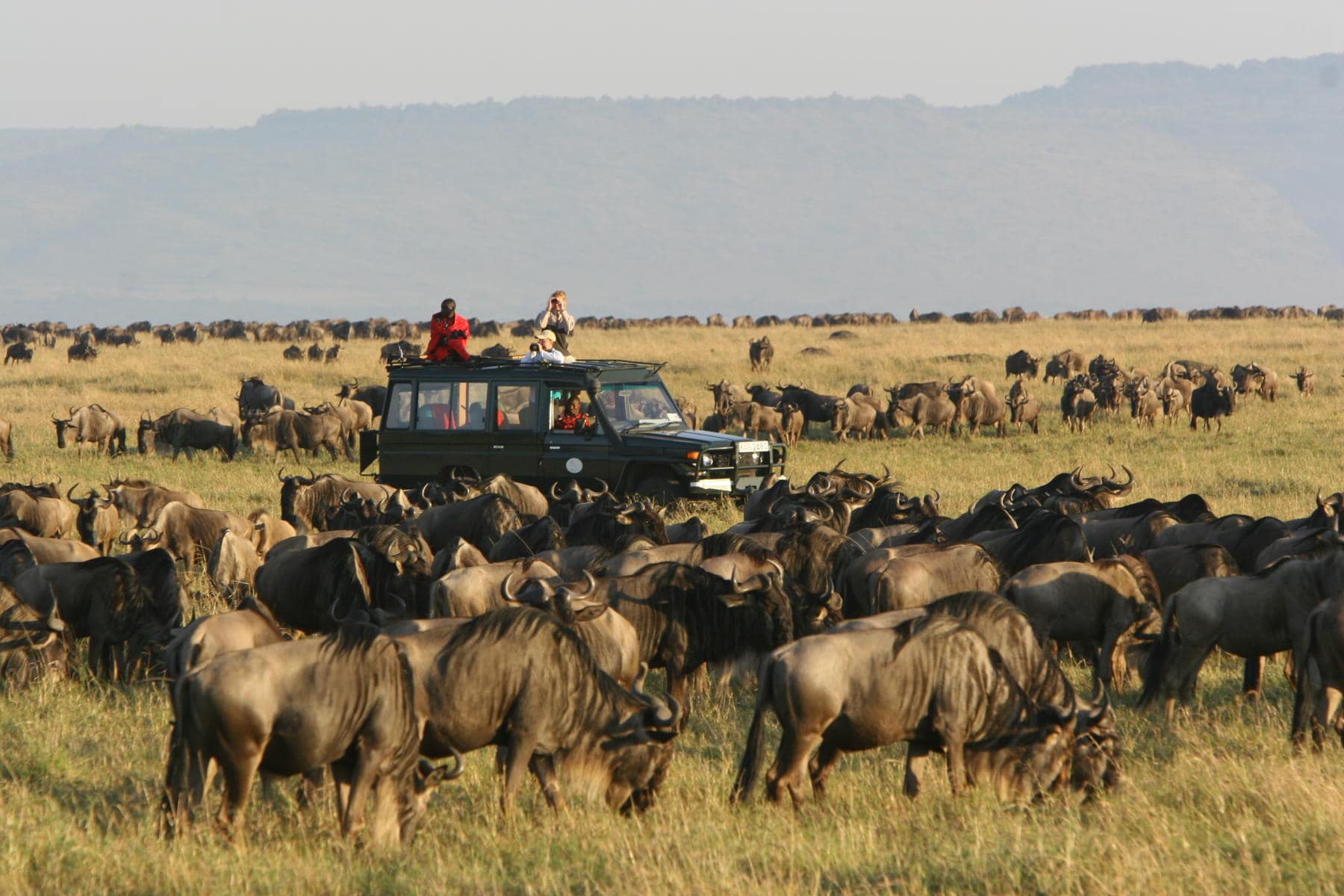
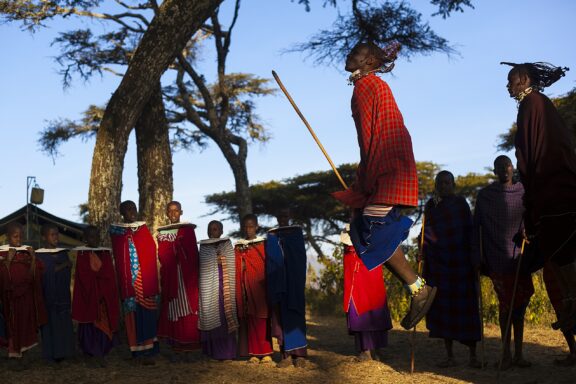

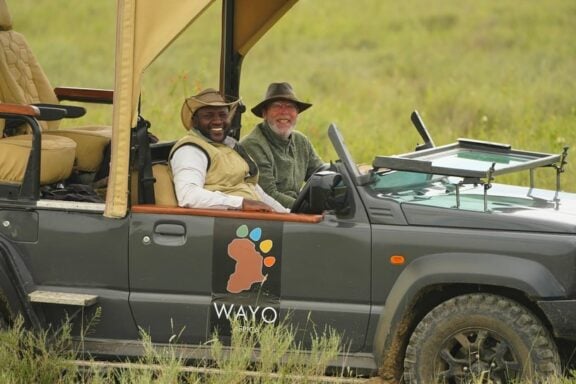
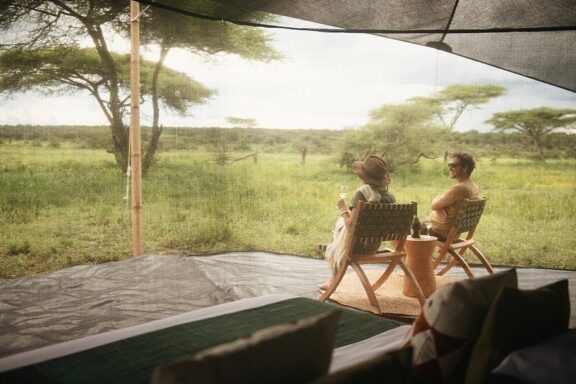

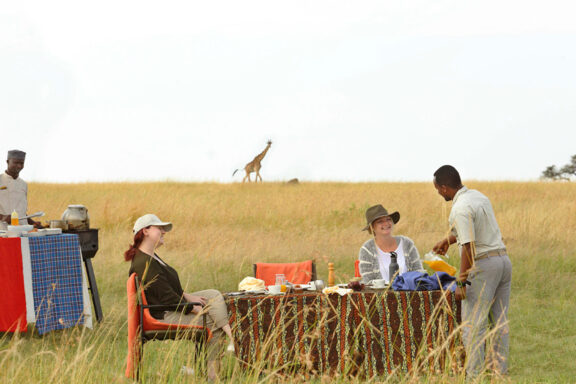
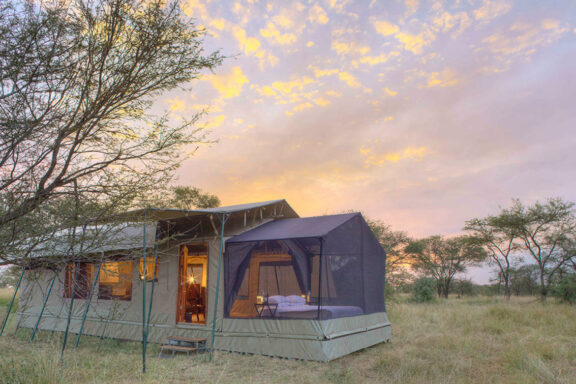
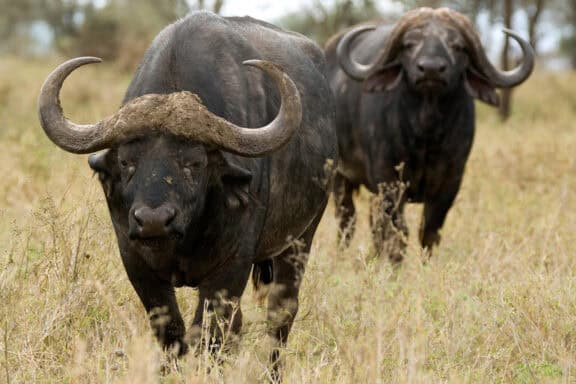
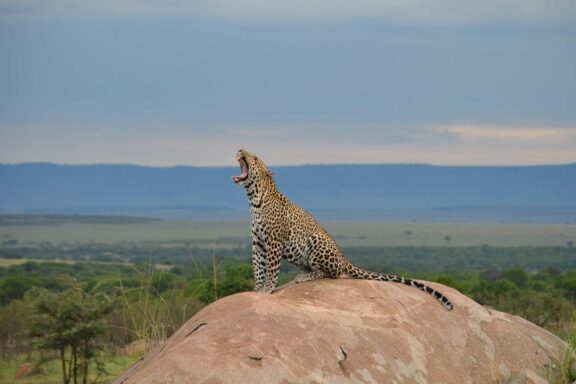


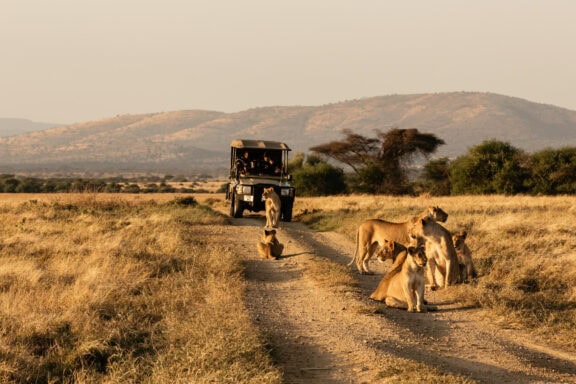
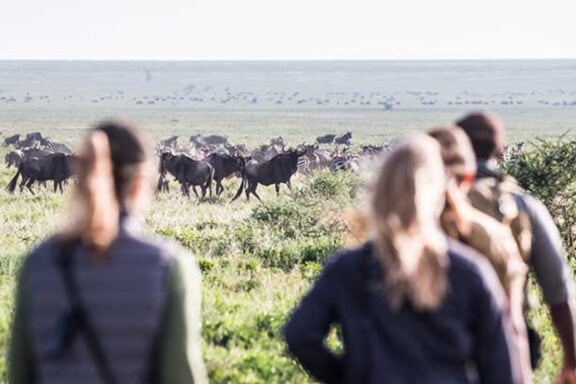

 Blog List
Blog List









Written by Thaakiera Ackerdien
• Travel Writer